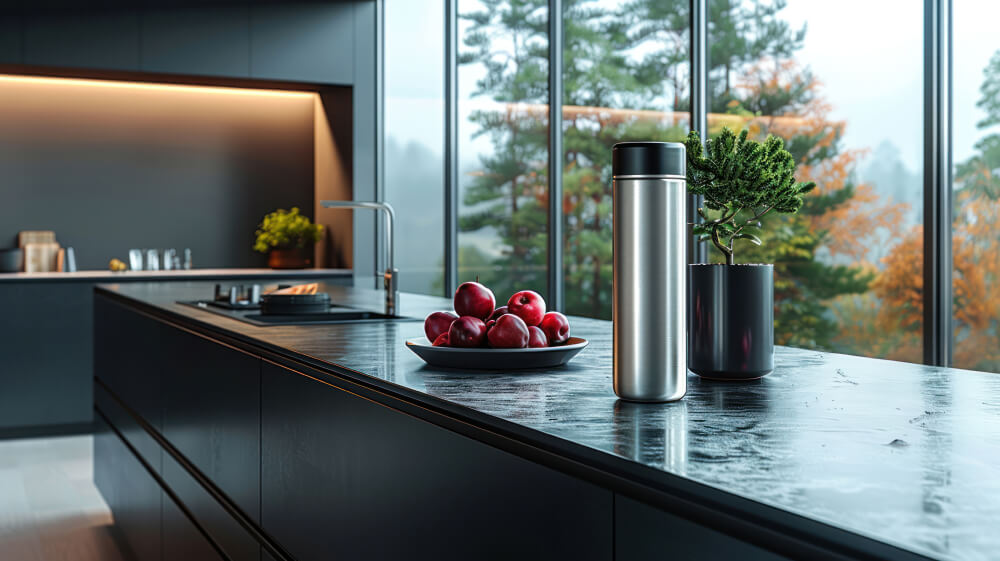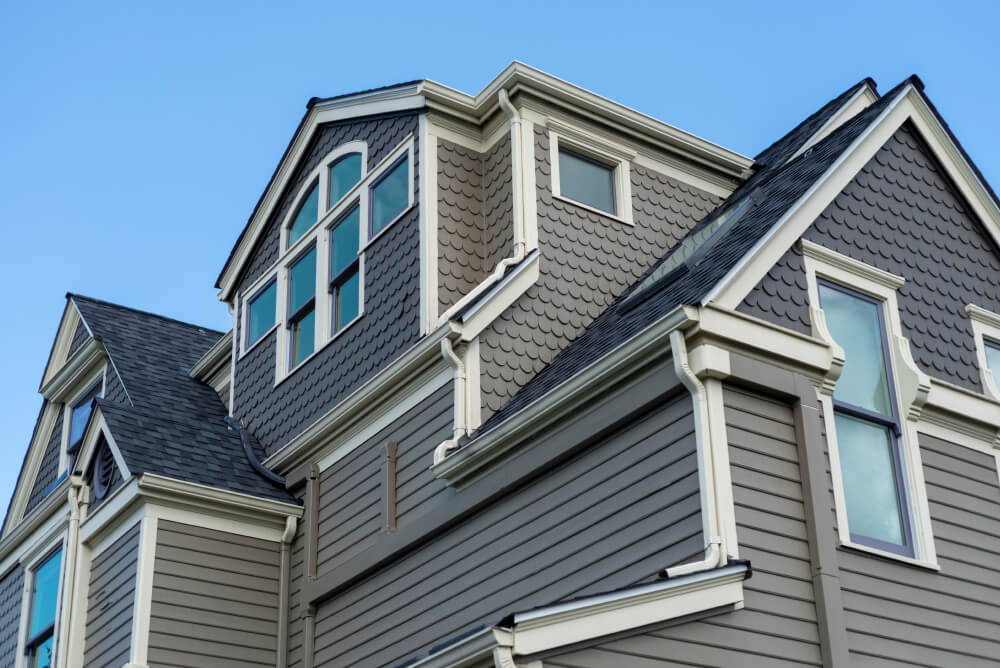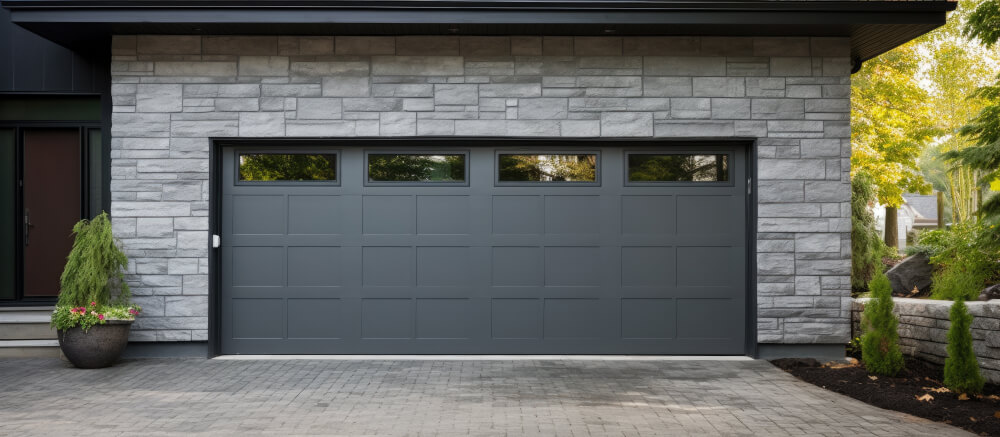1. Solid Wood Cabinets
Overview Solid wood cabinets are made entirely from natural wood, offering a classic and timeless look. Common types of wood used include oak, maple, cherry, and walnut.
Benefits
- Aesthetic Appeal: Provides a rich, natural appearance with unique grain patterns and textures.
- Durability: Highly durable and resistant to wear and tear, making them ideal for high-traffic areas.
- Repairability: Can be sanded and refinished multiple times, extending their lifespan.
- Variety: Available in various wood species, finishes, and styles to suit different design preferences.
Drawbacks
- Cost: Generally more expensive than MDF and particle board.
- Sensitivity to Moisture: Can warp or crack if exposed to excessive moisture or humidity.
- Weight: Heavier than other materials, which can make installation more challenging.
Top Choices
- Oak Cabinets: Known for their durability and distinct grain patterns.
- Maple Cabinets: Smooth finish and fine grain, suitable for various finishes.
- Cherry Cabinets: Rich, warm color that deepens over time.
Join HICP Homeowner’s Alliance
Connect with experts, get special discounts and enjoy member benefits
2. MDF (Medium Density Fiberboard) Cabinets
Overview MDF is an engineered wood product made from wood fibers, resin, and wax. It is known for its smooth surface and uniform consistency.
Benefits
- Cost-Effective: Generally less expensive than solid wood while offering a similar appearance.
- Smooth Surface: Ideal for painting and achieving a sleek, modern look.
- Stability: Less likely to warp or crack compared to solid wood, making it suitable for humid environments.
- Versatility: Can be easily cut, shaped, and customized for various designs.
Drawbacks
- Durability: Not as strong as solid wood and can be damaged by heavy impacts or excessive weight.
- Moisture Sensitivity: Although more stable than solid wood, MDF can swell if exposed to water.
- Repairability: Difficult to repair if damaged, as it cannot be sanded or refinished like solid wood.
Top Choices
- Cabinet Door Panels: MDF is often used for cabinet doors due to its smooth surface and ease of painting.
- Custom Designs: Ideal for intricate designs and modern, flat-panel styles.
3. Particle Board Cabinets
Overview Particle board is made from wood chips, sawdust, and resin, compressed into sheets. It is the most affordable option among the three materials.
Benefits
- Affordability: The least expensive option, making it budget-friendly for large projects.
- Lightweight: Easier to handle and install compared to solid wood and MDF.
- Versatility: Available in various finishes and veneers to mimic the appearance of real wood.
Drawbacks
- Durability: Less durable and prone to damage from moisture and heavy use.
- Structural Integrity: Weaker than solid wood and MDF, which can affect the longevity of the cabinets.
- Moisture Sensitivity: Highly susceptible to swelling and disintegration if exposed to water.
Top Choices
- Budget-Friendly Projects: Suitable for cost-effective renovations and rental properties.
- Veneer Finishes: Often covered with a veneer or laminate to improve appearance and durability.
Comparison Overview
Durability and Maintenance
- Solid Wood: Highly durable and repairable, but requires regular maintenance to prevent moisture damage.
- MDF: Durable and stable, but less impact-resistant than solid wood and can be damaged by water.
- Particle Board: Least durable, prone to damage and moisture issues, requiring careful handling.
Aesthetic Appeal
- Solid Wood: Offers natural beauty and unique grain patterns, suitable for traditional and classic designs.
- MDF: Smooth surface ideal for painted finishes and modern, sleek designs.
- Particle Board: Can mimic the look of real wood with veneers, but lacks the authenticity and richness of solid wood.
Cost
- Solid Wood: Most expensive, but offers long-term value and a timeless look.
- MDF: Mid-range cost, providing a balance between affordability and aesthetics.
- Particle Board: Most affordable, suitable for budget-conscious projects.
Moisture Resistance
- Solid Wood: Susceptible to warping and cracking if not properly sealed and maintained.
- MDF: More stable in humid environments but can swell if exposed to water.
- Particle Board: Highly susceptible to moisture damage, requiring protective finishes.
Weight and Installation
- Solid Wood: Heavier, requiring more robust installation methods.
- MDF: Lighter than solid wood, easier to handle and install.
- Particle Board: Lightweight and easy to install, but less structurally sound.
Conclusion
Choosing the right kitchen cabinet material depends on your budget, design preferences, and the specific needs of your kitchen. Solid wood cabinets offer unmatched beauty and durability but come with a higher price tag and maintenance requirements. MDF cabinets provide a cost-effective and versatile option, ideal for modern designs and painted finishes. Particle board cabinets are the most affordable but may not offer the same longevity and resilience as solid wood or MDF.
Consider your priorities and the specific conditions of your kitchen when selecting the best material for your cabinets. Investing in high-quality materials can enhance the aesthetic appeal, functionality, and value of your home, ensuring a beautiful and durable kitchen space.




















